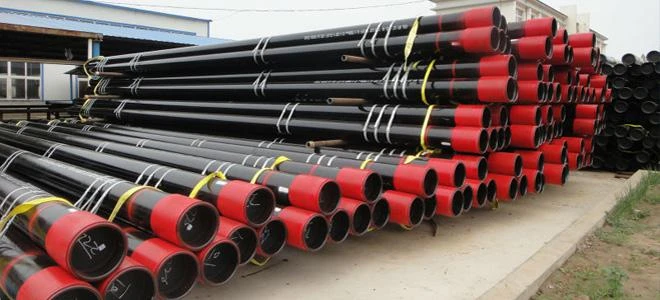Pros and Cons of Using PVC Well casing and Screen Pipes
PVC well casing and screen pipes are commonly used in water well construction due to their durability, cost-effectiveness, and ease of installation. However, like any material, PVC has its pros and cons that should be considered before choosing it for a well project.
One of the main advantages of PVC well casing and screen pipes is their resistance to corrosion. Unlike metal pipes, PVC does not rust or corrode when exposed to water, making it a long-lasting option for well construction. This can result in lower maintenance costs over time, as PVC pipes do not need to be replaced as frequently as metal pipes.
Additionally, PVC pipes are lightweight and easy to handle, making them ideal for DIY well projects or areas where heavy machinery may not be accessible. The ease of installation can also save time and labor costs, as PVC pipes can be quickly and efficiently installed without the need for specialized equipment.
Another benefit of PVC well casing and screen pipes is their smooth interior surface, which helps to prevent clogging and reduce friction loss. This can result in improved flow rates and overall well performance, ensuring that water is able to be extracted efficiently and effectively.
montreal Oil pipelineHowever, there are also some drawbacks to using PVC well casing and screen pipes that should be taken into consideration. One of the main concerns with PVC pipes is their susceptibility to damage from UV exposure. If PVC pipes are not properly protected from sunlight, they can become brittle and prone to cracking over time. This can lead to leaks and other issues that may require costly repairs.
Additionally, PVC pipes may not be suitable for all well applications, particularly in areas with high temperatures or aggressive water chemistry. PVC pipes have a lower temperature and pressure rating compared to metal pipes, which may limit their use in certain environments. It is important to carefully consider the specific conditions of the well site before choosing PVC pipes for construction.
In conclusion, PVC well casing and screen pipes offer a number of benefits for water well construction, including corrosion resistance, ease of installation, and improved flow rates. However, it is important to weigh these advantages against the potential drawbacks, such as susceptibility to UV damage and limitations in temperature and pressure ratings. By carefully considering the pros and cons of using PVC pipes, well owners can make an informed decision that meets their specific needs and requirements.
Installation Tips for PVC Well Casing and Screen Pipes
PVC well casing and screen pipes are essential components in the construction of water wells. These pipes are designed to protect the well from external contaminants and provide structural support to the well structure. Proper installation of PVC well casing and screen pipes is crucial to ensure the longevity and efficiency of the well.
When installing PVC well casing and screen pipes, it is important to follow a few key steps to ensure a successful installation. First and foremost, it is essential to select the right size and type of PVC pipes for the well. The diameter and thickness of the pipes should be chosen based on the specific requirements of the well, including the depth of the well and the expected water flow rate.
Once the appropriate PVC pipes have been selected, the next step is to prepare the well for installation. This involves cleaning the well bore and removing any obstructions that may hinder the installation process. It is also important to ensure that the well bore is properly sealed to prevent the infiltration of external contaminants.
Oil/Gas Drilling Construction Jh steel API 5CT Pipes oil casingBefore installing the PVC well casing and screen pipes, it is important to measure and cut the pipes to the required length. This can be done using a saw or pipe cutter, ensuring that the cuts are clean and straight. It is also important to deburr the cut edges of the pipes to prevent any sharp edges that could damage the well structure.
Once the pipes have been cut to size, they can be lowered into the well bore using a pipe elevator or other lifting equipment. Care should be taken to ensure that the pipes are lowered gently and evenly to prevent any damage to the pipes or the well structure. It is also important to ensure that the pipes are properly aligned and connected to each other to create a continuous casing and screen system.

After the PVC well casing and screen pipes have been installed, it is important to properly seal the well to prevent the infiltration of external contaminants. This can be done using grout or cement to fill any gaps between the pipes and the well bore. It is also important to ensure that the well head is properly sealed to prevent the entry of surface water and debris.
In conclusion, proper installation of PVC well casing and screen pipes is essential to ensure the longevity and efficiency of a water well. By following the steps outlined above, you can ensure a successful installation that will provide clean and reliable water for years to come. Remember to select the right size and type of PVC pipes, prepare the well bore properly, measure and cut the pipes accurately, lower the pipes gently into the well bore, align and connect the pipes properly, and seal the well effectively. By following these steps, you can ensure a successful installation of PVC well casing and screen pipes.





